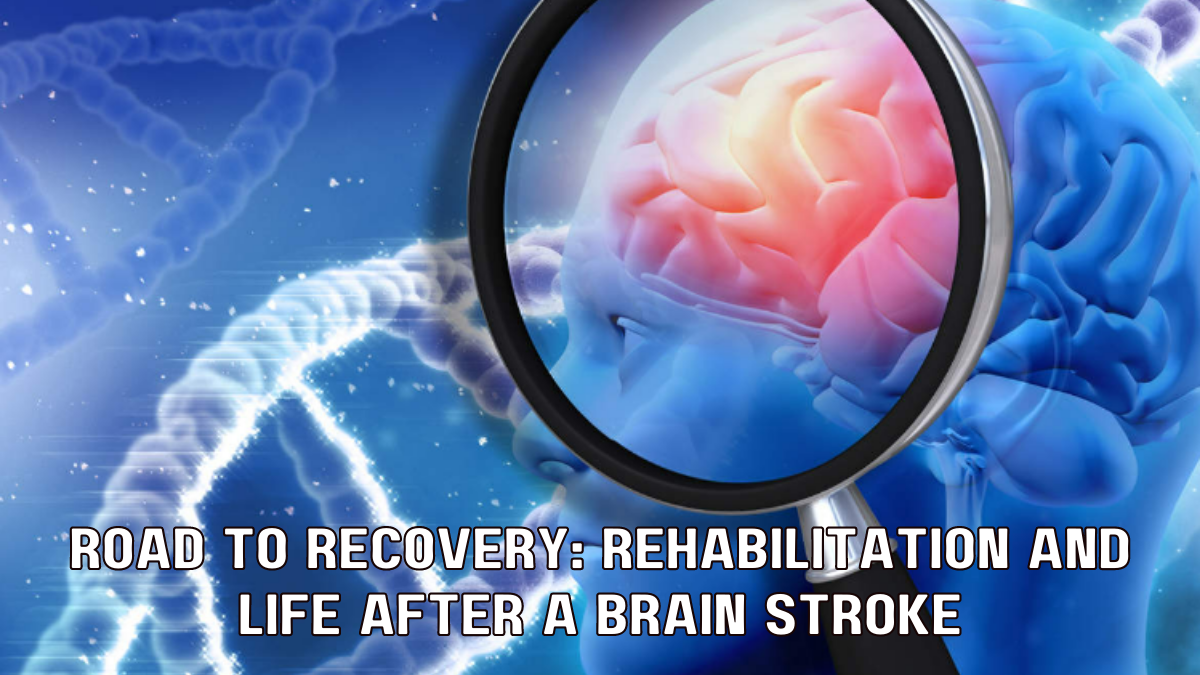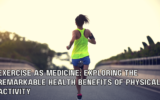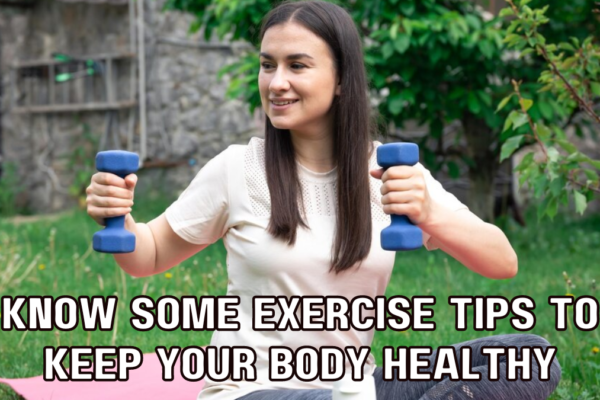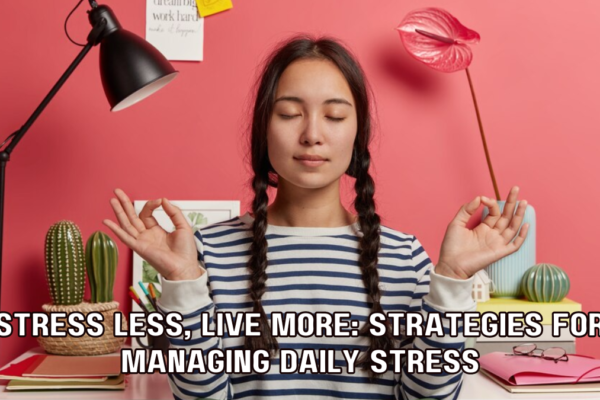Introduction:
Experiencing a brain stroke can be a life-altering event, impacting various aspects of a person’s physical, cognitive, and emotional well-being. However, it’s important to remember that the journey doesn’t end with the stroke itself. With proper rehabilitation and support, individuals can embark on a path of recovery and regain their independence. In this blog, we will explore the rehabilitation process and shed light on life after a brain stroke, emphasizing hope, resilience, and the possibilities for a fulfilling future.
1.Understanding the Rehabilitation Process:
a. Multidisciplinary Approach: Rehabilitation typically involves a multidisciplinary team of healthcare professionals, including physiotherapists, occupational therapists, speech therapists, psychologists, and social workers. They work collaboratively to address the specific needs of stroke survivors.
b. Physical Rehabilitation: Physical therapy focuses on improving mobility, strength, coordination, and balance through exercises, stretching, and assistive devices.
c. Cognitive Rehabilitation: Cognitive therapy aims to address cognitive impairments, such as memory loss, attention deficits, and problem-solving difficulties, through targeted exercises and strategies.
d. Speech and Language Therapy: Speech therapy helps individuals regain or improve their communication skills, including speaking, comprehension, reading, and writing.
e. Emotional and Psychological Support: Emotional support and counseling play a vital role in helping stroke survivors and their families cope with the emotional and psychological challenges associated with the recovery process.
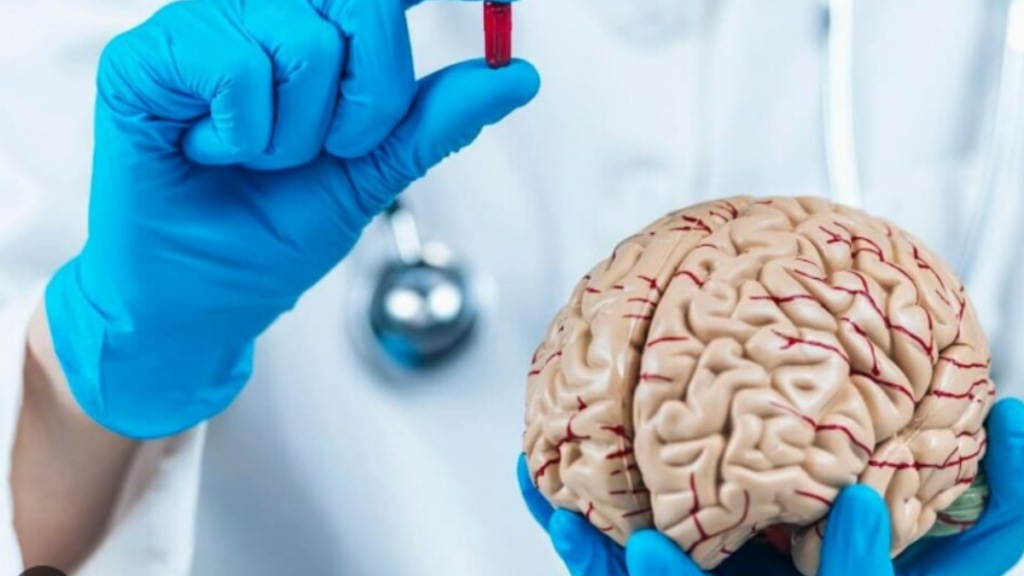
2.Life After a Brain Stroke:
a. Adjusting to New Normals: Life after a stroke may involve adapting to physical and cognitive changes. Embracing patience and resilience while focusing on small achievements can aid in the adjustment process.
b. Support Systems: Building a strong support network, including family, friends, support groups, and healthcare professionals, can provide encouragement, understanding, and practical assistance throughout the recovery journey.
c. Lifestyle Modifications: Embracing a healthy lifestyle, including a balanced diet, regular exercise (as recommended by healthcare professionals), managing stress, and getting enough rest, can contribute to overall well-being and aid in the recovery process.
d. Assistive Devices and Technology: Various assistive devices, such as walking aids, wheelchair adaptations, and communication aids, can enhance independence and improve quality of life.
e. Resuming Activities and Hobbies: Engaging in activities and hobbies that bring joy and fulfillment can play a crucial role in restoring a sense of purpose and normalcy.
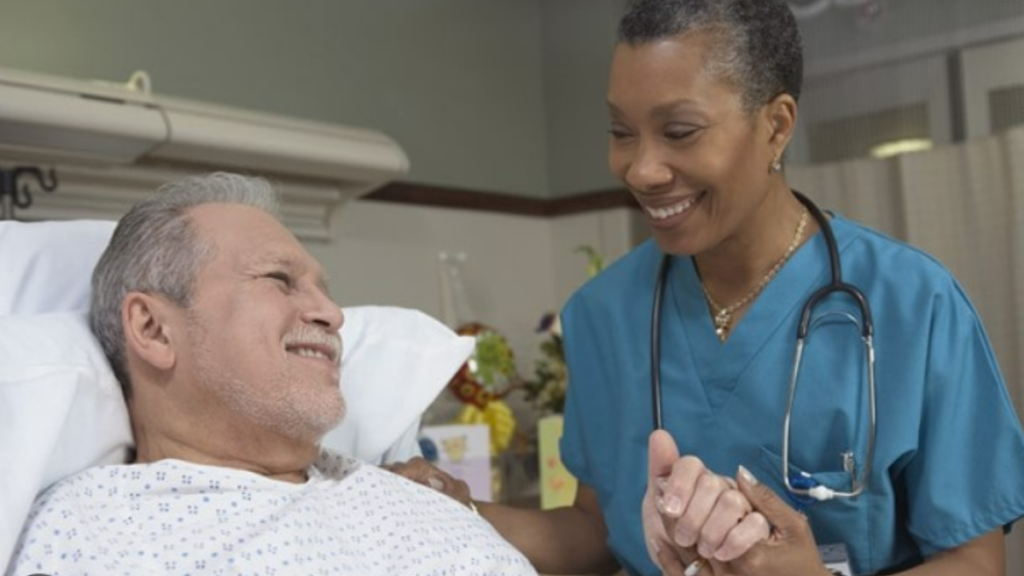
3.Celebrating Progress:
Each person’s recovery journey is unique, and progress may vary. Celebrating even small milestones and achievements is essential. It’s important to focus on personal growth, resilience, and the possibilities that lie ahead.

Conclusion:
Recovering from a brain stroke is a challenging yet transformative journey. Through comprehensive rehabilitation programs, unwavering support systems, and a positive mindset, individuals can regain independence and create a fulfilling life after a stroke. Remember, resilience and determination can pave the way to a brighter future, full of hope and possibilities.

